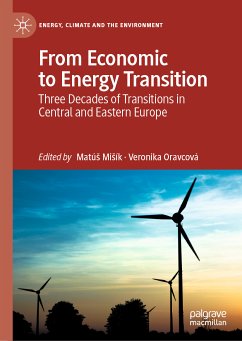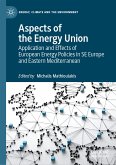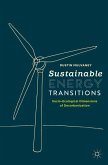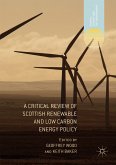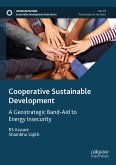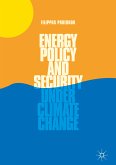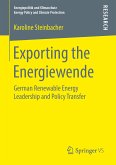This book examines energy transition issues within the Central and Eastern European (CEE) region. The European Union is aiming for an almost complete decarbonization of its energy sector by 2050. However, the path towards a carbon-free economy is full of challenges that must be solved by individual EU members. Across 18 chapters, leading researchers explore challenges related to energy transition and analyse individual EU members from Central and Eastern Europe, as well as the region as a whole. To further explore this complex issue, the volume also includes several countries from South East Europe in its analysis. As perspective members, these countries will be important contributors to the EU's mid- and long-term climate and energy goals. The focus on a variety of issues connected to energy transition and systematic analyses of the different CEE countries make it an ideal reference for anyone with a general interest in the region or European energy transition. It will also bea useful resource for students looking for an accessible overview of the field.
MatúS MiSík is Assistant Professor at the Department of Political Science at Comenius University in Bratislava. His main research interests include energy security in the EU and the role of perception within EU decision-making mechanisms. He is the author of External Energy Security in the European Union (2019) and has published articles in major energy policy journals.
Veronika Oravcová is Research Assistant at the Department of Political Science at Comenius University in Bratislava and Research Fellow at the Slovak Foreign Policy Association. Her research interests are centered on energy transition and energy security in Central and Eastern Europe.
Dieser Download kann aus rechtlichen Gründen nur mit Rechnungsadresse in A, B, BG, CY, CZ, D, DK, EW, E, FIN, F, GR, HR, H, IRL, I, LT, L, LR, M, NL, PL, P, R, S, SLO, SK ausgeliefert werden.

